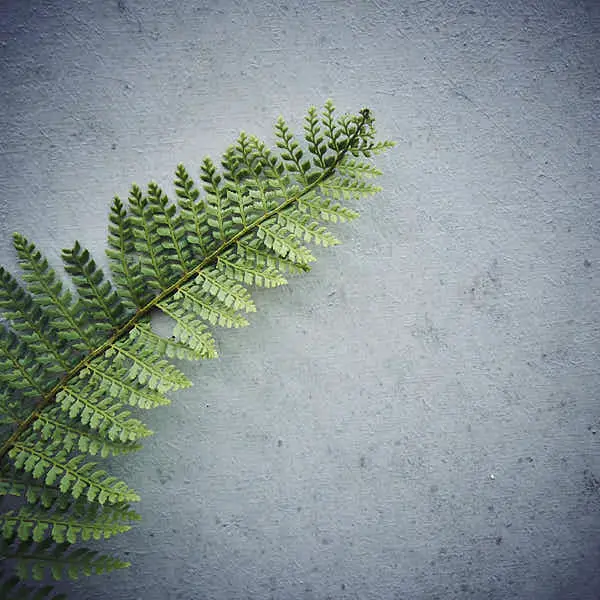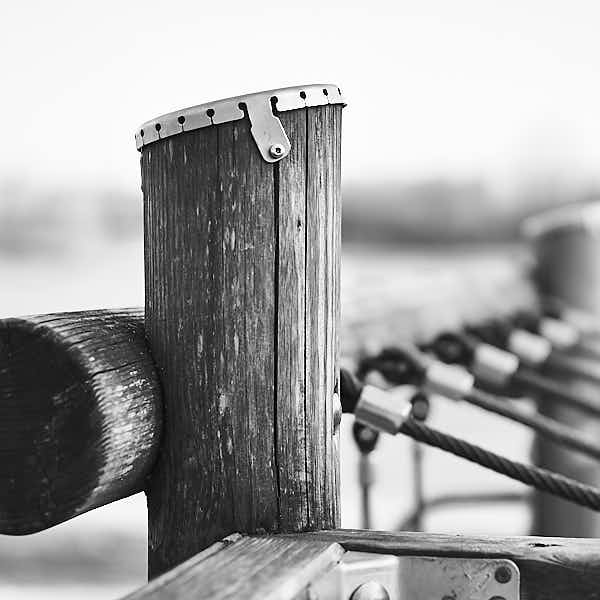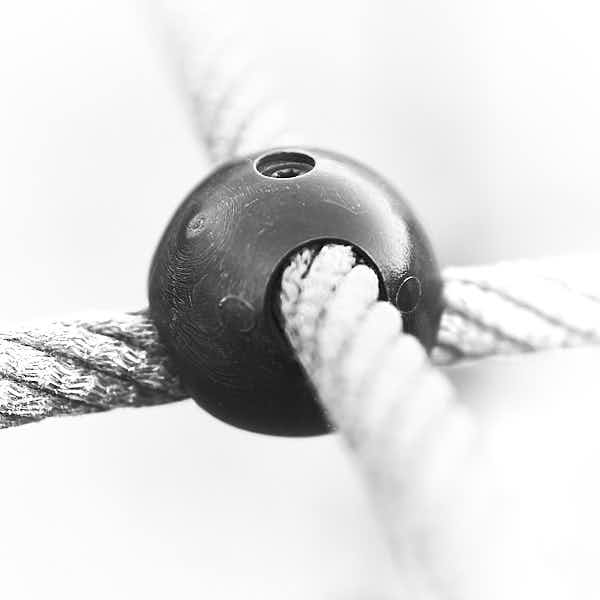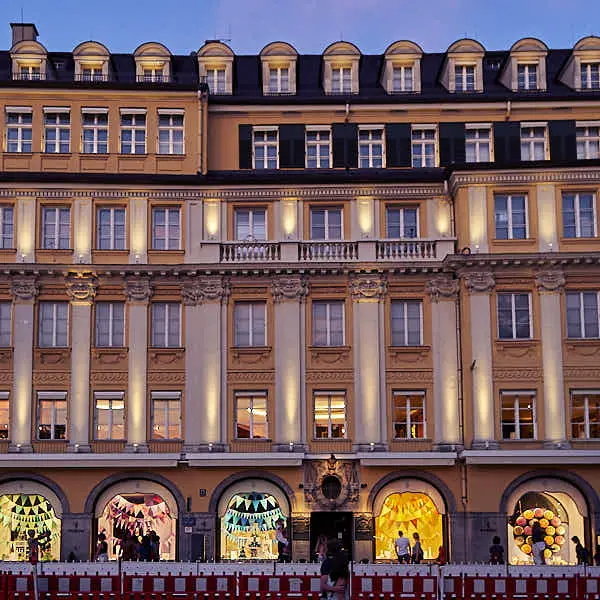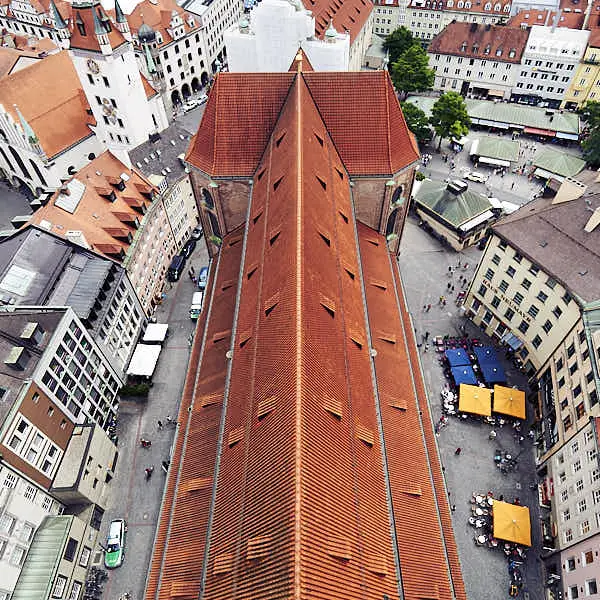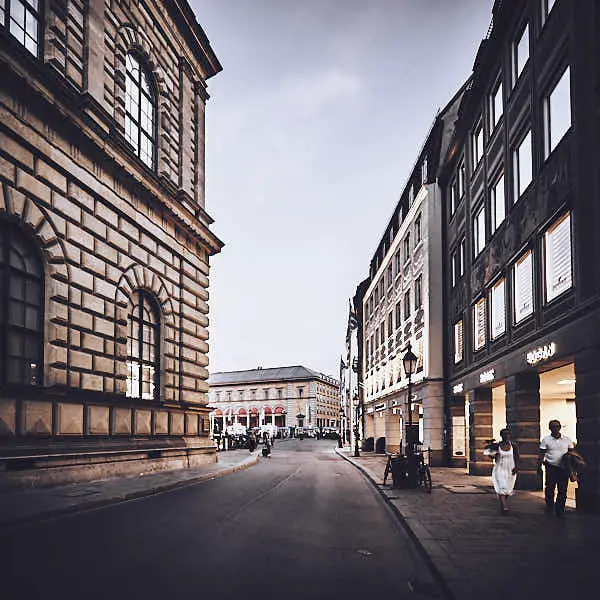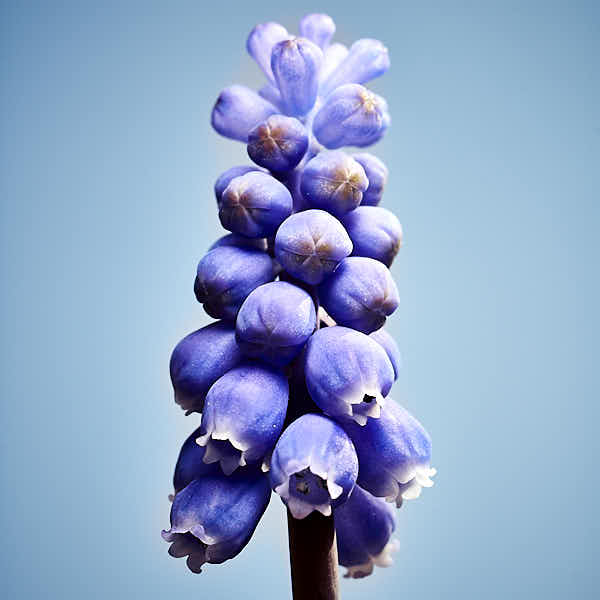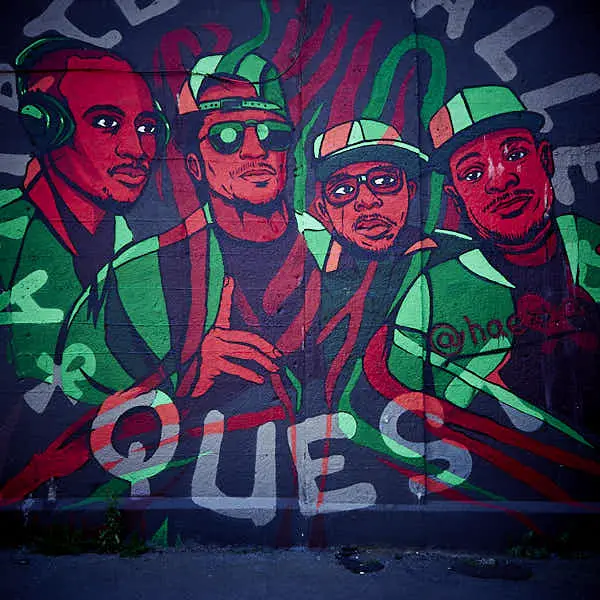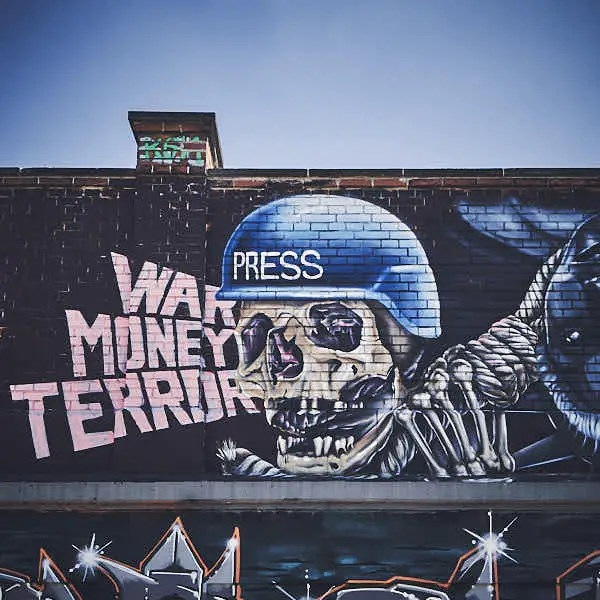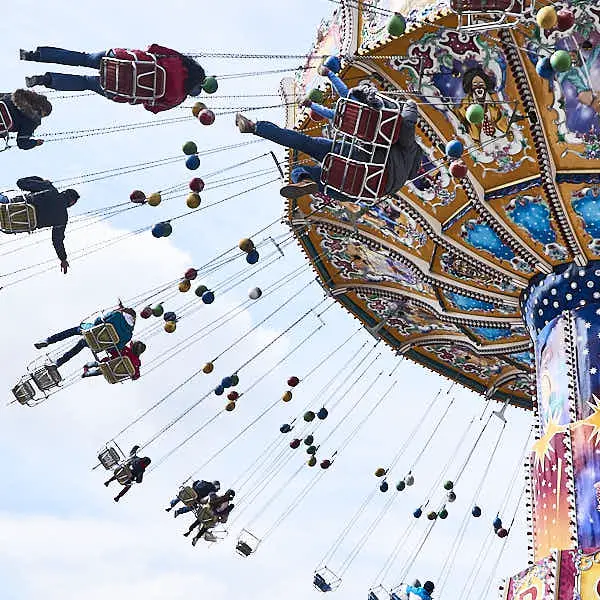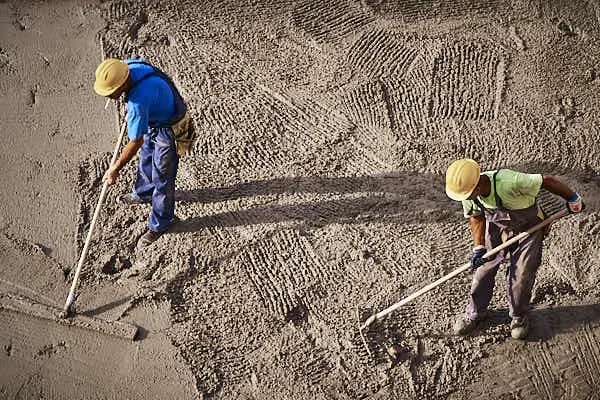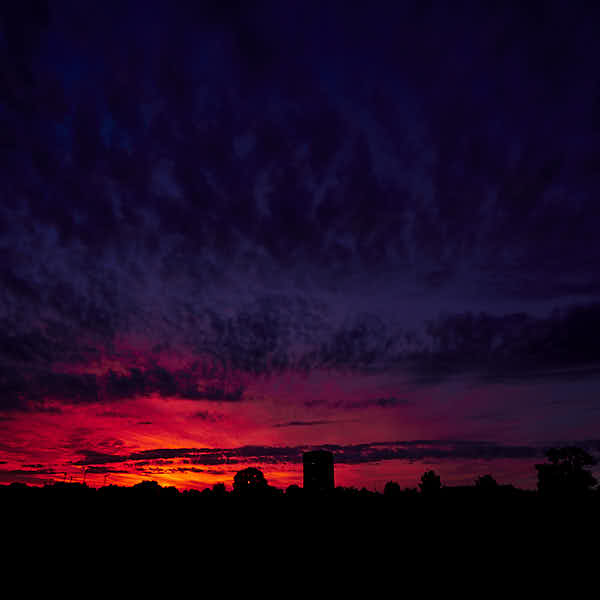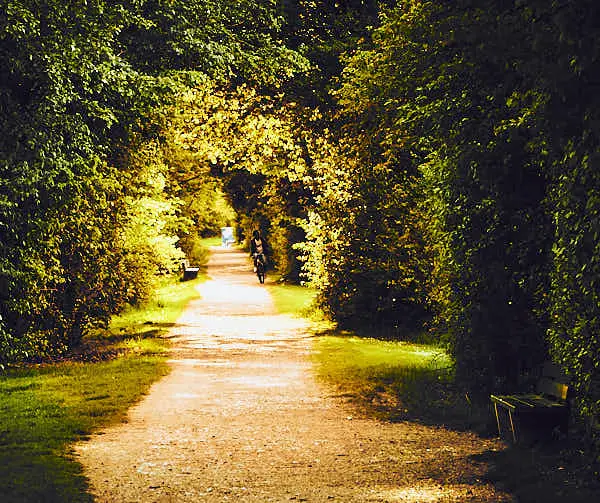Photographers go through great distances to get the perfect shot—both figuratively, and literally. They will hike up a mountain for a panoramic photo, or drive to a wildlife reserve hoping to capture birds in their natural habitat.
However, some of the best photo opportunities are in your own neighborhood. Learning how to spot the beauty in familiar and everyday objects or settings can help develop your photographer’s eye. Here’s how to find beautiful places to photograph nearly, and some techniques to add drama to the mundane.
Take slice of life photos
Capture the everyday routine of someone in your neighborhood. It can be someone with an interesting story (a war veteran, or a teacher who helps disadvantaged children), or you can purposefully pick “an ordinary person” and show the world through their eyes.
Just like Norman Rockwell captured the life and vibe of American life in the early 1900s, your photos can also be a portrait of your time.
Make a photo essay
If you know how to find beautiful places to photograph nearby, but can’t think of the right concept or approach, ask yourself: “What story do I want to tell?”
The everyday moments can convey a powerful message. Just look at Peter DiCampo and Austin Merrill’s Instagram account Everyday Africa. They wanted to changed stereotypes of a war-torn country, and asked photographers to share photos showing the warmth, energy and passion of the African people.
The photos showcase citizens walking to school, selling fruits in a street market, taking an afternoon nap. Each showcases how much emotion you can convey just through proper framing, lighting or adjusting the colors.
And by the way: your familiar environment is something normal and everyday for you and therefore nothing special, but not for the rest of the world. Think a bit outside the box and imagine that a little further away, even in your own country, many things are already different.
Try macro photography
Macro photographer captures the beauty that’s often invisible to the naked eye. You will need a digital camera with a Makrolens or an extension tube. A tripod can help reduce the shakes while shooting at such a lower shutter speed, which is usually necessary for the best macro shots.
Nevertheless, the effort and practice pay off. The flower in your garden, the texture on a weathered wall, or the pebbles in your neighborhood playground can become really beautiful when seen up-close.
Look for contrasts
Bright colors, the play of light and shadow, interesting textures—these are all a photographer’s playground. You can find them in any part of your neighborhood.
Walk around the streets. Look at the interiors of restaurants and cafes. Visit places where there are a lot of colorful objects, like street markets or playgrounds.
Instead of asking “how to find beautiful places to photograph nearby”, ask “how can I photograph this to bring out its beauty?”
You’ll notice details that people often miss, and learn to practice composition and angle. By moving objects closer, you can lead the eye and help create interesting contrast and texture.
To train your eye, you can create daily challenges or themes for yourself:
- photos of walls and streets
- photos of contrasting colors
- photos of complementary colors
- photos of circles (or blocks, spirals, etc)
- photos of patterns
- photos of texture
- photos of shadows
- photos of objects in the kitchen
- photos of objects related to children
Try street photography
Henri-Cartier Bresson, Garry Winogrand, Diane Arbus, Walker Evans, William Klein, Elliot Erwin… these are just some photographers who are famous for street photography.
They captured life-on-the-go, stealing shots of people going about their daily lives. Commuters crossing the street or riding the bus, children playing. Many of them used black-and-white, but there are others (notably Joel Meyerowitz) who enjoyed using color.
These photos had a gritty feel, and the inevitable blurring and imperfect backgrounds helped add to their authenticity. Many of them were also taken with simpler cameras or even Polaroids — proving that a good photo doesn’t rest in the quality of the equipment, but the eye of the photographer.
This is a good way to challenge yourself if you’re used to controlling most of your photo set-up. For example, if you normally do portraits or landscapes, going out with no plan and learning how to find beautiful places to photograph nearby will help you leave your comfort zone.
Take a time capture
Most digital cameras have a time capture mode, but very few photographers actually use them. Grab the opportunity to learn more about this feature.
Capture a sunrise or a sunset, or focus on a plant in your garden and capture how the light changes during the day.
Tips for Photographing Nearby Places
- Pack light. If you’re doing a slice of life or street photography, don’t bring a lot of equipment. People will become more self-conscious if they see a lot of tools, and some public places won’t even allow you to set up all that equipment without a permit.
- Take advantage of the Golden Hour. Early morning and late afternoon provide softer light. Photos will look more flattering to your subjects, and they won’t be squinting in the harsh light.
- Try different approaches to one subject. One advantage of shooting nearby and familiar objects or people is that you have the luxury to experiment. Try different filters, jack up the contrast and sharpness, take the photo from another angle or at a different time of day. These different “studies” help you get to know your camera settings, too.
New Ways to See Old Things
You don’t have to change locations to find a good photo; you just need to change your perspective. Learning how to beautiful places to photograph nearby can help you sharpen your skills and train your eye.

